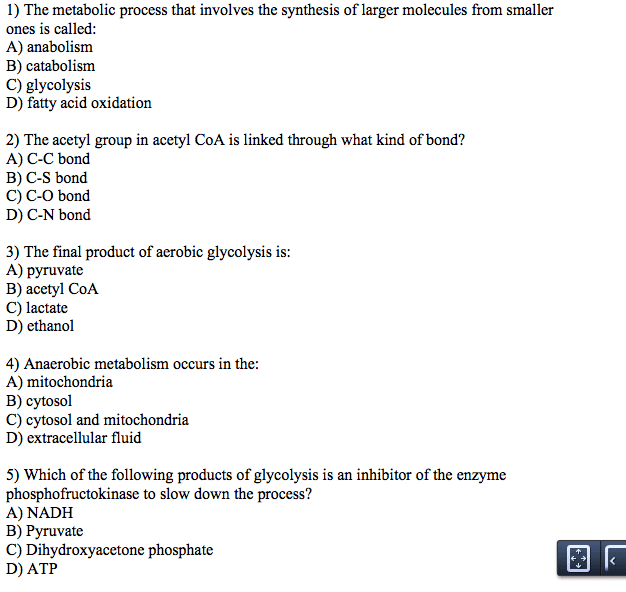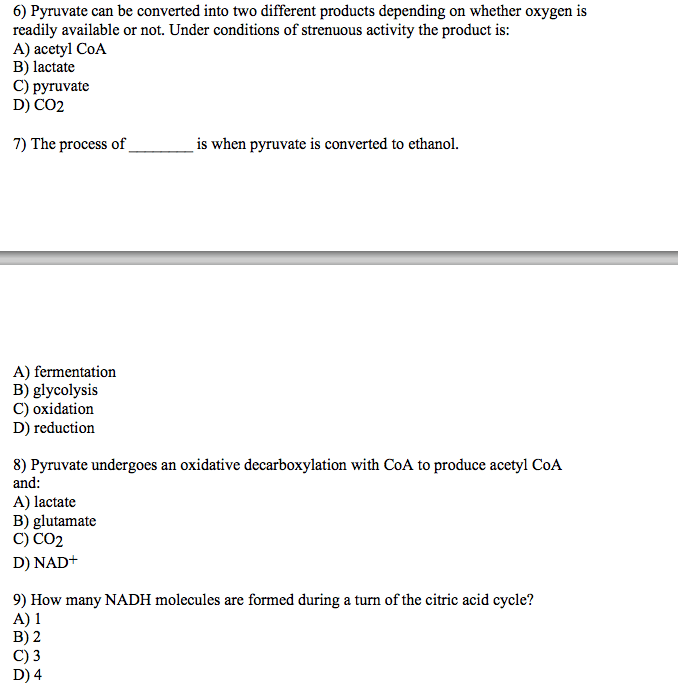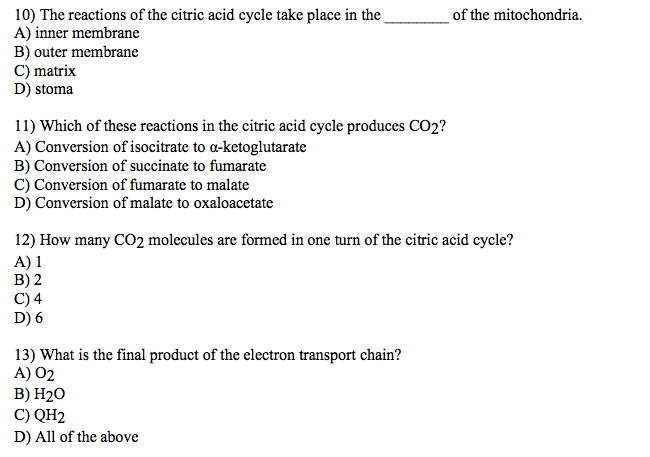Kinesiology 2230A/B Lecture Notes - Lecture 5: Pyruvate Dehydrogenase Complex, Pyruvate Dehydrogenase, Acetyl-Coa
105 views4 pages
28 Jun 2017
School
Department
Course
Professor
Document Summary
If we can quantify how much oxygen someone is using, we can determine how much energy that person is getting form aerobic of what is happening metabolically will be longer (slower) January 16th, 2017 available from nad and fad, is different: as far as the energy in the adp that"s phosphorylated into atp that"s made. If the exercise intensity is low enough, and oxygen is available, then pyruvate produced in glycolysis may move into the mitochondria to be changed to acetyl-coa via the pyruvate dehydrogenase complex. Oxidative capacity happening in etc: how much oxygen you are able to use. Summary: the acetyl-coa is broken down in the krebs cycle, the krebs cycle produces carbon dioxide (co2) and hydrogen (h2, regulatory enzymes: citrate synthase and isocitrate dehydrogenase. Etc: we have nadh + h and fadh2 coming from krebs cycle, they are transported within the mitochondria to the etc to convert adp + pi into atp.
Get access
Grade+20% off
$8 USD/m$10 USD/m
Billed $96 USD annually

Homework Help
Study Guides
Textbook Solutions
Class Notes
Textbook Notes
Booster Class
40 Verified Answers
Class+
$8 USD/m
Billed $96 USD annually

Homework Help
Study Guides
Textbook Solutions
Class Notes
Textbook Notes
Booster Class
30 Verified Answers




